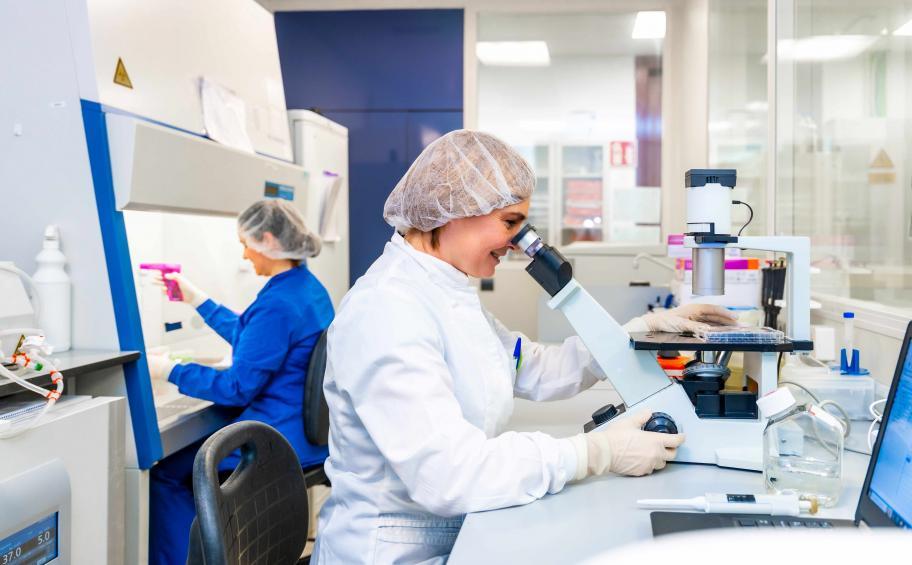Our specialists began by coordinating the transfer of sensitive and strategic equipment including a cytometric cell counting device (or cytometer), transfer robot, confocal microscope (Molecular Devices) and an electrophoresis system. At the same time, they orchestrated the relocation of centrifuges, incubators, Microbiological Safety Stations (MSS), fume cupboards and laboratory hoods (laminar flow, weighing, etc.), scales, water filtration and purification systems, vortex mixers, ultrasonic baths, and so on.
Bench-top equipment (microscopes, thermostatic baths, water baths and pipettes) was also included, as was refrigeration equipment: fridges, freezers and deep-freezers (-80°C/-150°C). Our experts also transferred the thermostatic chambers (or ovens) from Chilly-Mazarin to Vitry-sur-Seine, as well as all the laboratory glassware.
“We orchestrated overall transfer management, taking charge of schedule preparation and co-activity organization, as well as business continuity with the various laboratories which were our points of coordination with the customer. We managed the subcontracting of 27 companies, oversaw safety and protocols at both sites, and organized the flow of equipment: from identification, through the protection of traffic lanes, to the production of a series of life sheets”, explained Business Manager Christy Denise.
This meticulous transfer required upstream preparation of all the equipment: decontamination, functional tests, disconnection and safety. A report was drawn up before the move took place. From then on, our experts supervised equipment crating (standard or specific) and organized transport logistics with specialized movers.
Once in Vitry-sur-Seine, they reinstalled all the equipment, making electrical connections, connecting fluid and gas networks, and setting up IT systems. They carried out functional tests, then requalified all the instruments - calling on manufacturers' and other suppliers' expertise where necessary - before drawing up the delivery note.
The transfer was staggered over a dozen weeks, taking the laboratory staff's activities into consideration, and minimizing technical downtime in each laboratory.

